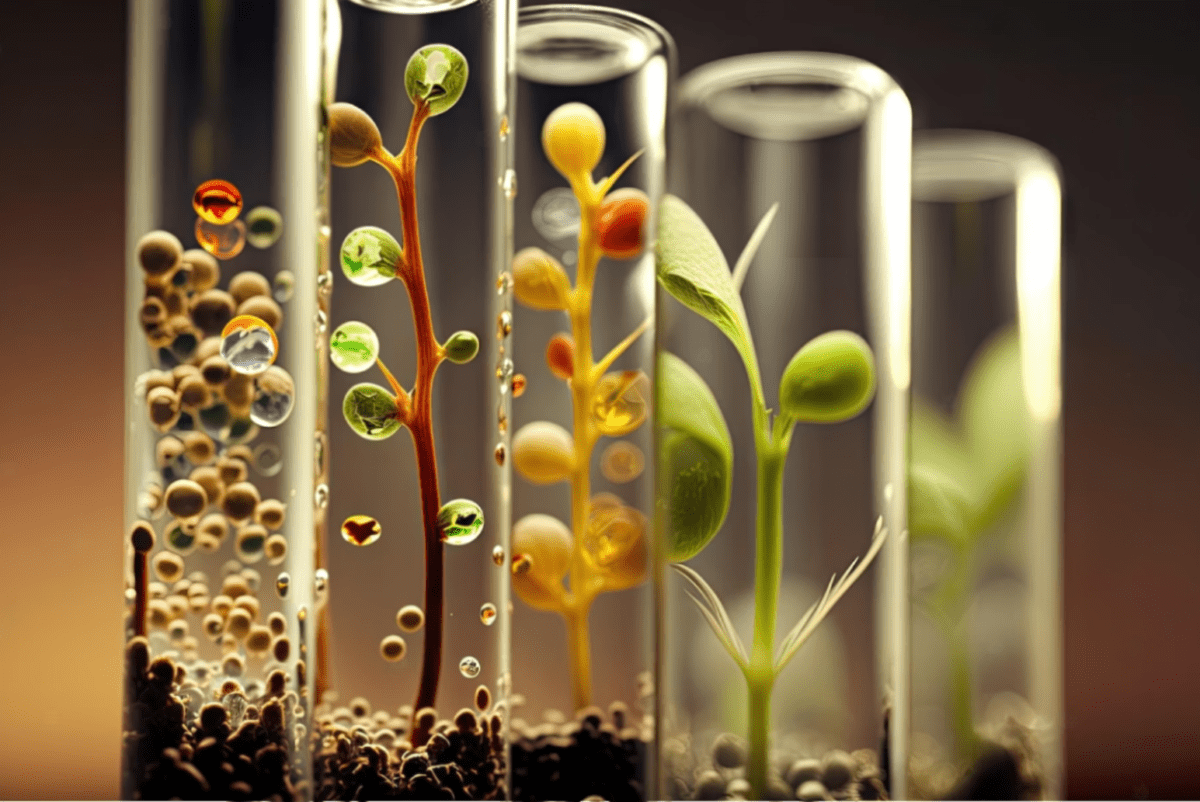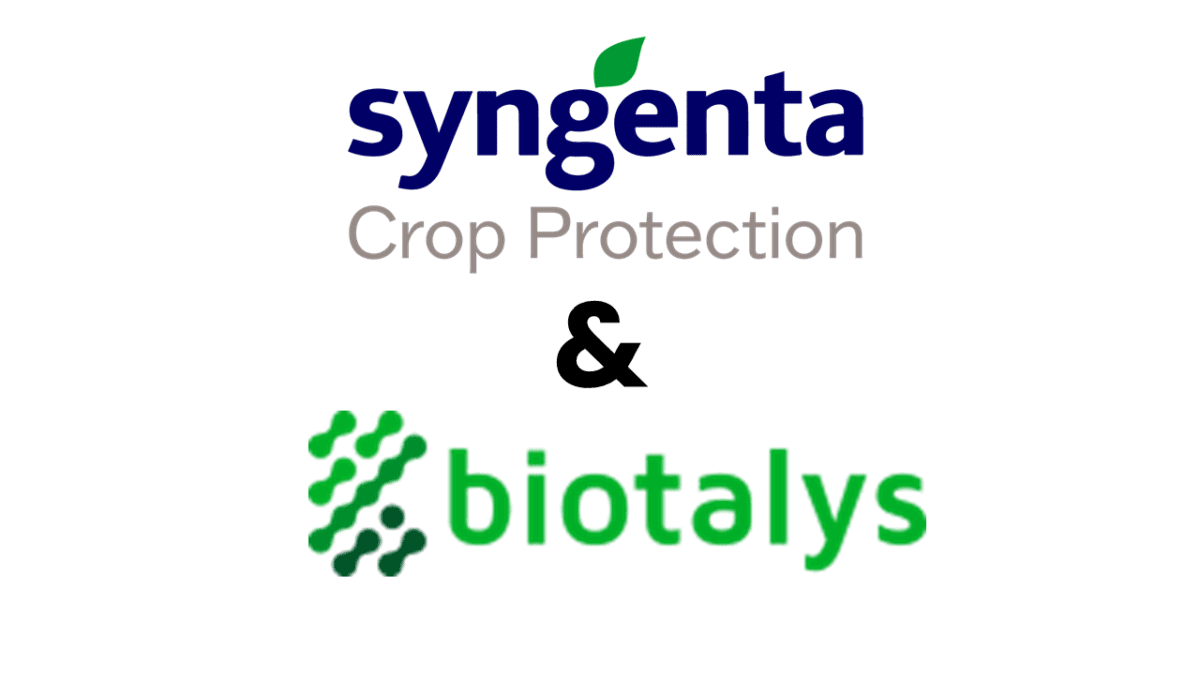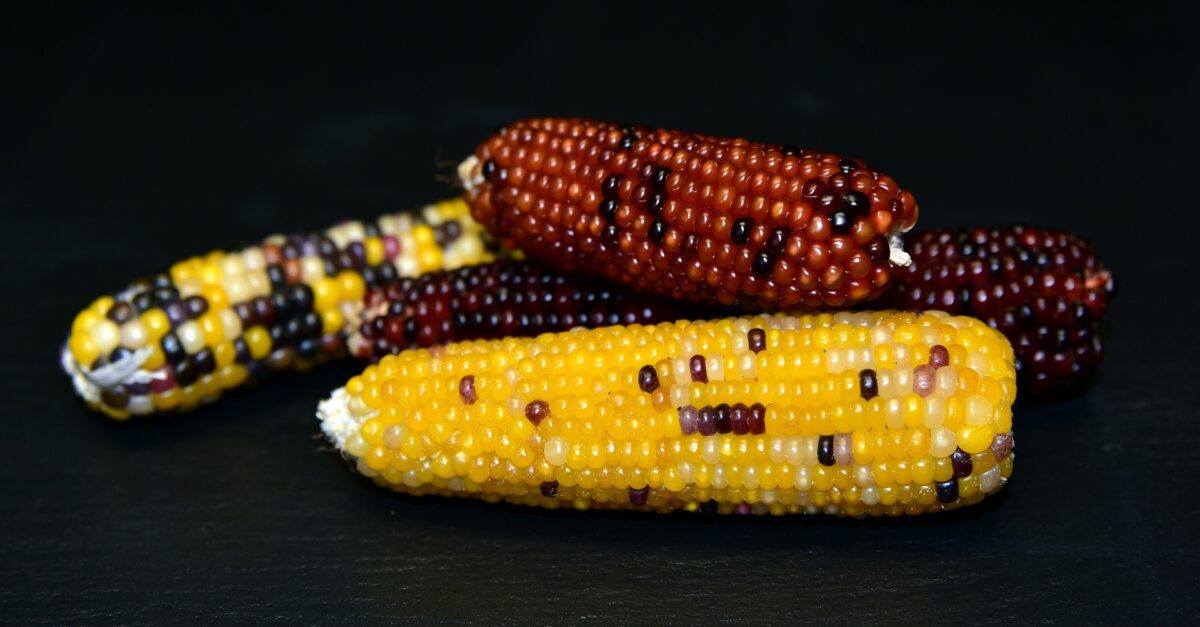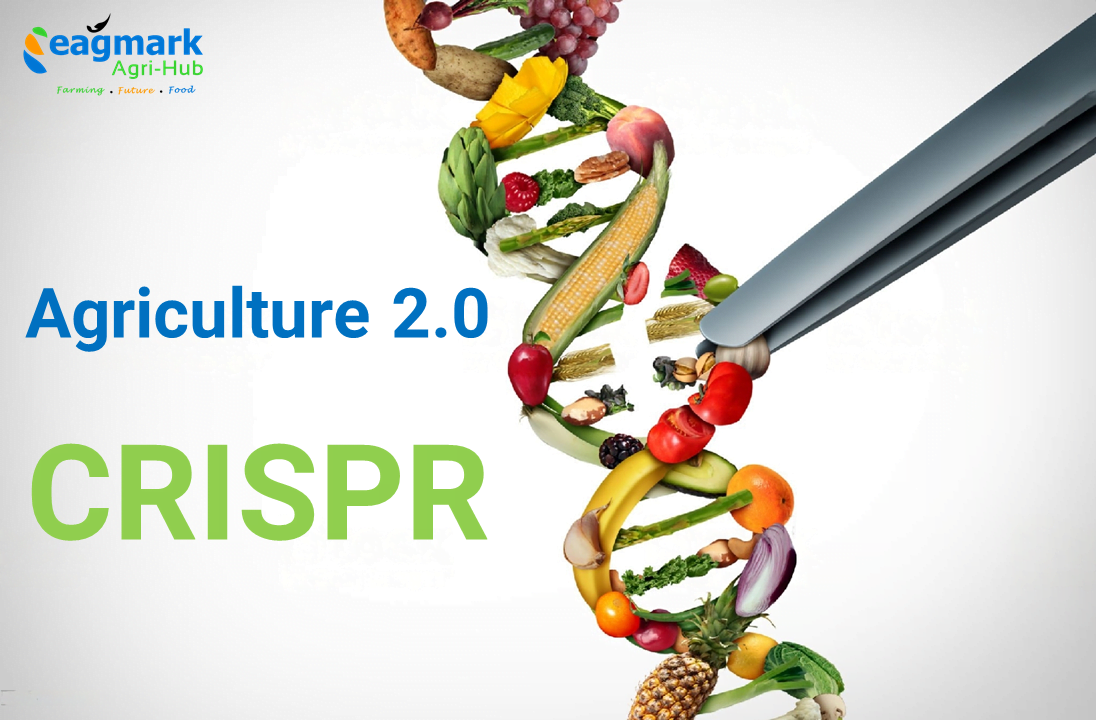CRISPR, or Clustered Regularly Interspaced Short Palindromic Repeats, is a revolutionary gene-editing tool that has the potential to transform the agriculture industry. This innovative technology allows scientists and researchers to precisely target and alter specific genes within an organism’s DNA, paving the way for the development of crops that are more resistant to pests and diseases, require less water and fertilizers, and have a longer shelf life.
CRISPR works by targeting specific sequences of DNA within an organism’s genome and making precise changes to those sequences. The process begins with the identification of the specific gene or genes that are to be edited. Once the target gene has been identified, a small piece of RNA, known as a guide RNA, is designed to bind to the target gene. The guide RNA is then combined with an enzyme called Cas9, which functions like molecular scissors, to cut the DNA at the specific location targeted by the guide RNA.
Once the DNA has been cut, the cell’s natural repair mechanisms are activated and the DNA is either repaired or replaced with a new sequence of DNA. The new sequence can be one that is naturally found in the organism, or it can be a synthetic sequence that has been designed to introduce a specific change or trait into the organism.
Revolutionizing Agriculture: The Power of CRISPR
In the case of agriculture, CRISPR can be used to modify the genes of crops in order to enhance specific traits, such as pest resistance, drought tolerance, or nutritional content. For example, scientists might use CRISPR to introduce a gene from a pest-resistant plant into a crop species that are prone to pest damage. This could result in a crop that is more resistant to pests and requires fewer pesticides to protect it. Similarly, CRISPR could be used to modify the genes of a crop to make it more drought-tolerant, or to enhance its nutritional content by increasing its levels of certain vitamins or minerals.
CRISPR has the potential to greatly enhance the resilience of crops, making them better able to withstand extreme weather conditions, pests, and diseases. By modifying the genes of crops, scientists can create varieties that are more resistant to drought, flooding, and high temperatures, which can significantly reduce crop losses and improve food security.
For example, CRISPR has been used to develop maize varieties that are more drought-tolerant. Maize is a major food crop that is grown around the world, and drought is a major factor that can reduce crop yields. By introducing genes from drought-tolerant plants into the corn seeds, scientists have been able to create maize varieties that are able to survive prolonged periods of drought. This could have a significant impact on food security in areas that are prone to drought and reduce the risk of crop failure.
In addition to improving drought tolerance, CRISPR can also be used to enhance the resilience of crops to other extreme weather conditions. For example, scientists have used CRISPR to develop rice varieties that are more resistant to flooding. Flooding is a major threat to rice crops, and it can cause significant losses for farmers. By creating rice varieties that are more resistant to flooding, CRISPR has the potential to improve food security and reduce the risk of crop failure in areas that are prone to flooding.
In addition to improving crop resilience, CRISPR can also be used to boost crop yields. Scientists have used CRISPR technology to develop crops that are more resistant to pests and diseases, which can greatly reduce the need for pesticides and herbicides. This not only reduces the environmental impact of agriculture, but it can also reduce the costs of production for farmers.
By modifying the genes of crops, scientists can create varieties that are more resistant to pests and diseases, which can greatly reduce the need for pesticides and herbicides. This not only reduces the environmental impact of agriculture, but it can also reduce production costs for farmers.
For example, CRISPR has been used to create potato varieties that are resistant to the potato blight fungus, which can devastate potato crops and cause significant losses for farmers. By eliminating the need for pesticides and herbicides, CRISPR has the potential to greatly improve the efficiency and profitability of potato production.
In addition to increasing pest and disease resistance, CRISPR can also be used to enhance other factors that influence crop yields. Scientists have used CRISPR to modify the genes of rice to improve its photosynthetic efficiency, which can increase crop yields. Other studies have shown that CRISPR can be used to increase the size and number of seeds produced by crops, which can also boost crop yields.
Another potential application of CRISPR in agriculture is the creation of crops with improved nutritional profiles. By altering the genes of certain crops, it is possible to enhance their levels of vitamins, minerals, and other nutrients that are essential for human health. This could be especially beneficial for populations that are at risk of malnutrition, such as those living in developing countries.
Researchers have used CRISPR to modify the genes of rice to increase its levels of beta-carotene, which is converted into vitamin A in the body. Vitamin A deficiency is a major health problem in many developing countries, and it can cause serious problems, including blindness. By creating rice varieties that are rich in beta-carotene, CRISPR has the potential to improve the nutrition of millions of people around the world.
In addition to increasing the levels of specific nutrients, CRISPR can also be used to create crops with more balanced nutritional profiles. CRISPR technology has been used to modify the genes of wheat to increase its levels of zinc and iron, which are essential nutrients that are often lacking in the diets of people in developing countries. By creating crops that are rich in these nutrients, CRISPR has the potential to improve the nutrition of millions of people around the world.
From Drought-Tolerant Crop Varieties to Longer Shelf Life: The Many Possibilities of CRISPR in Agriculture
The benefits don’t stop at that point. There are many other potential benefits of CRISPR in the agricultural sector. Some of the other potential benefits of CRISPR in agriculture include:
- Creating crops with a longer shelf life: By modifying the genes of certain crops, it is possible to increase their shelf life and reduce spoilage and waste. This could be especially beneficial for crops that are prone to rapid deterioration, such as fruits and vegetables.
- Reducing the environmental impact of agriculture: CRISPR can be used to create crops that require less water and fertilizers to grow, which can help to reduce the environmental impact of agriculture. It can also be used to create crops that are more resistant to pests and diseases, reducing the need for pesticides and herbicides.
- Improving the efficiency of agriculture: CRISPR can be used to create crops that are more efficient at converting sunlight and other resources into biomass, which can increase crop yields and reduce the resources required to produce a given amount of food.
- Enhancing the flavor and quality of crops: By modifying the genes of certain crops, it is possible to improve their flavor and other sensory qualities, which can make them more appealing to consumers.
- Developing crops that can grow in challenging environments: CRISPR can be used to create crops that are able to thrive in environments that are traditionally inhospitable to agriculture, such as salty or arid soils. This could open up new areas for agriculture and help to improve food security in regions that are currently unable to support traditional crops.
Controversial Concerns of CRISPR in Agriculture
While the potential benefits of CRISPR in agriculture are significant, there are also concerns about the potential risks and unintended consequences of gene editing. These concerns center around the possibility that CRISPR could have negative impacts on the environment and human health, as well as ethical and social implications.
One of the major concerns about CRISPR in agriculture is the potential for negative impacts on the environment. There are concerns that gene-edited crops could have unintended consequences on non-target species, such as insects and birds. For example, if a gene that is toxic to pests is introduced into a crop, it could also be toxic to other species that feed on the crop, such as birds or butterflies. There are also concerns that gene-edited crops could have unintended impacts on soil health and other aspects of the environment.
Another concern about CRISPR in agriculture is the potential for negative impacts on human health. Some experts have raised concerns about the possibility that gene-edited crops could have unintended consequences on human health, such as the potential for allergenic reactions. There are also concerns about the long-term safety of consuming genetically modified foods, as the effects of consuming such foods over an extended period of time are not yet fully understood.
In addition to these concerns, there are also ethical and social implications of CRISPR in agriculture. Some experts have raised concerns about the potential for gene editing to be used to create crops with traits that are considered desirable by certain groups, while others are left behind. There are also concerns about the potential for gene editing to be used to create crops with traits that are considered “designer,” such as crops with specific flavors or colors, which could lead to further inequality and social divides.
Despite these concerns, the use of CRISPR in agriculture is expected to continue to grow in the coming years. As the technology becomes more refined and widely accepted, it is likely to play a key role in addressing some of the major challenges facing the agriculture industry, including food security, sustainability, and nutrition.
While the potential benefits of CRISPR in agriculture are significant, it is important to carefully consider the potential risks and unintended consequences of this technology. It is essential that the use of CRISPR in agriculture be carefully regulated and monitored to ensure that it is used in a responsible and ethical manner.
To begin with, the use of CRISPR in agriculture can be regulated and monitored to ensure that it is used in a responsible and ethical manner. Some of the ways in which this can be done include:
- Establishing regulatory frameworks to govern the use of CRISPR in agriculture. These frameworks can include guidelines for the development and use of gene-edited crops, as well as procedures for evaluating the potential risks and benefits of such crops.
- Seeking pre-market approval for gene-edited crops before they are allowed to be grown and sold. This can help to ensure that gene-edited crops are safe for human consumption and the environment.
- Conducting independent testing of gene-edited crops to evaluate their safety and effectiveness. This can help to ensure that gene-edited crops are safe for human consumption and the environment.
- Labeling gene-edited products so that consumers are informed about the presence of gene-edited ingredients in the products they purchase. This can be done through labeling requirements that clearly indicate the presence of gene-edited ingredients in products.
- Ensuring transparency and openness to public scrutiny when developing and using gene-edited crops which can help to ensure that the risks and benefits of gene-edited crops are fully understood and considered.
The potential applications of CRISPR in agriculture are vast and varied and cannot be understated. This technology has the potential to revolutionize the way we grow our food and address some of the major challenges facing the agriculture industry. However, while the potential benefits of CRISPR in agriculture are significant, it is important to carefully consider the potential risks and unintended consequences of this technology for the benefit of the consumers and to allay public fears. One would argue that it is essential that the use of CRISPR in agriculture be carefully regulated and monitored to ensure that it is used in a responsible and ethical manner.













